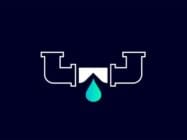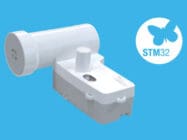
Digital twins offer multiple benefits for governments and regulators, a new report from Britain’s Energy Systems Catapult finds.
While research has found that the benefits of digital twin technologies are better understood for use cases pertaining to the operation of the energy system, the benefits and use cases for policy makers are often not examined, the report indicates.
However, as digital tools develop, policy makers should be leveraging all available tools and techniques to demonstrate and evidence the implications of their policy interventions.
To make effective policy interventions as the system increases in complexity, a new approach to exploration and evidence gathering will be required.
Have you read?
Accelerators to achieve Europe’s energy and digital transitions
Using digitalisation to achieve net zero infrastructure in power and renewables
Where consultation has, and should remain, a core element of the government and regulator’s process, testing interventions on real world models or shadows of the energy system can enable better understanding of what is changing, and how it changes due to policy intervention.
“Digital twins, shadows or models, i.e. digital twin technologies, offer an opportunity to build evidence and highlight the impacts of possible future policy decisions, as well as retrospectively measure the impact of those already in train,” the report states.
The report, Digital Twins: Model, Shadow, Twin. The case for policy use, identifies at a high level various use cases for digital twin technologies in policy work, which can be enabled in the future.
These include:
• Simulating the energy system for edge case events/national security scenarios;
• Modelling forward long-term impacts and the trajectory of the current system arrangements;
• Scenario building for different high level goals, such as net zero by earlier dates or certain levels of offshore wind with limited curtailment;
• Enabling system operators to make limited policy changes via the digital tools in real time;
• Testing options for optimising for different outcomes in a net zero system, such as lowest overall system cost or highest offshore wind penetration via a North Sea build out;
• Generating better/more digestible insights for consumers.
While directed at the GB government and regulator Ofgem, but more generally applicable, the report concludes stating that government and regulators utilising digital twin technologies for public good will be a key use case for the energy system.
“Government should continue to explore the use of digital twin technologies for policy development and trial their use at the earliest opportunity. Further, a digital model/shadow capability should be developed openly that can be utilised by anyone to further democratise policy making.”








